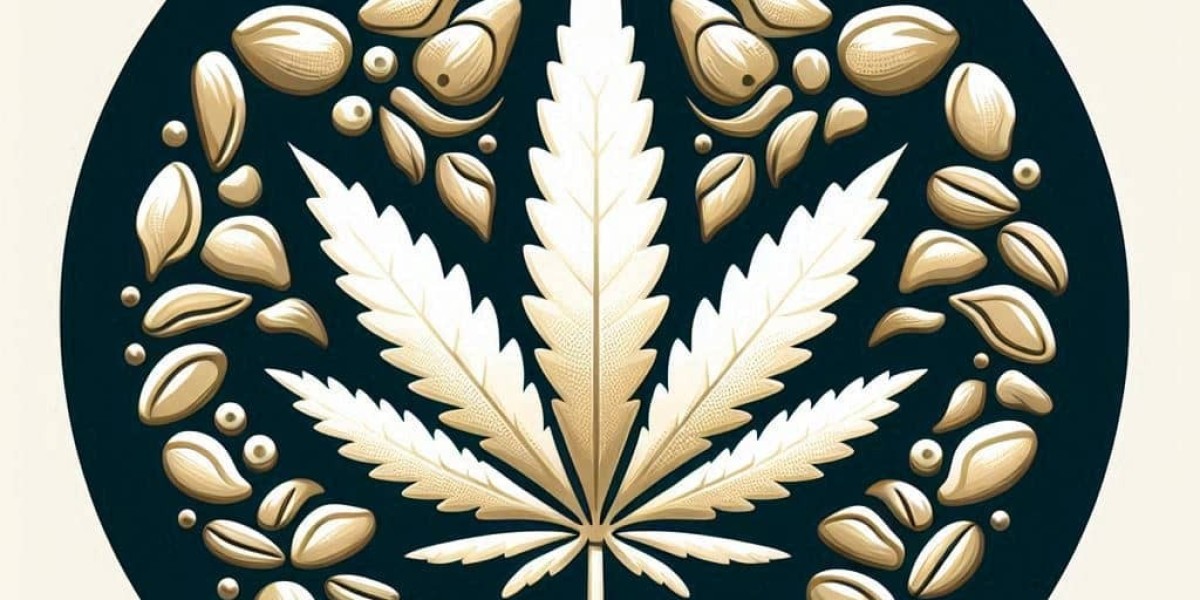Known for its balanced effects and frosty white trichomes, it has earned a reputation among both recreational and medicinal users. But how potent is White Widow, really? In this post, we’ll explore how potency is tested, what results you can expect, and what factors influence the strength of this classic hybrid.
What Is Potency in Cannabis?
Potency refers to the concentration of cannabinoids in a cannabis sample, primarily THC (tetrahydrocannabinol) and CBD (cannabidiol). THC is the psychoactive compound responsible for the "high," while CBD is non-intoxicating and often associated with therapeutic effects. When testing a strain like White Widow, labs focus on measuring the percentage of THC and CBD to determine how strong the effects might be.
How Is White Widow Tested for Potency?
Cannabis potency is typically tested using high-performance liquid chromatography (HPLC). This method allows labs to separate and measure the chemical compounds in a sample without heating it, which preserves the cannabinoids in their natural state. A sample of White Widow https://whitewidowseeds.com is ground up and dissolved in a solvent, then passed through the HPLC machine. The result is a detailed breakdown of all detectable cannabinoids.
Typical THC and CBD Levels in White Widow
White Widow is known for its moderate to high THC content, usually ranging between 18% and 25%. This makes it a fairly strong strain, especially for casual or first-time users. CBD levels in White Widow are generally low, often below 1%, meaning the effects are more psychoactive than therapeutic. However, some growers have developed CBD-rich versions of White Widow for medical use.
What Influences the Potency of White Widow?
Several factors can affect the potency of a White Widow plant:
1. Genetics: The original White Widow is a hybrid of Brazilian sativa and South Indian indica. The quality of the parent plants plays a big role in the final THC content.
2. Growing Conditions: Light, temperature, humidity, and nutrients all influence cannabinoid production. Plants grown in optimal conditions tend to produce more resin and higher THC levels.
3. Harvest Time: Harvesting at the right moment is crucial. If harvested too early or too late, the cannabinoid profile can shift, affecting potency.
4. Curing Process: Proper drying and curing can enhance potency by preserving terpenes and cannabinoids. Poor curing can degrade THC and reduce the overall effect.
Why Potency Testing Matters
Knowing the potency of your White Widow helps you make informed decisions about dosage and usage. For medical patients, it ensures consistent relief. For recreational users, it helps avoid overconsumption and ensures a more enjoyable experience. Dispensaries and growers also rely on potency tests to meet regulatory standards and provide accurate product information.
Conclusion
White Widow remains a favorite among cannabis enthusiasts for good reason. Its balanced effects and strong THC levels make it a versatile strain for many users. By understanding how potency is tested and what influences it, you can better appreciate what goes into every bud. Whether you're growing, buying, or simply curious, knowing the strength of your White Widow can make all the difference.








